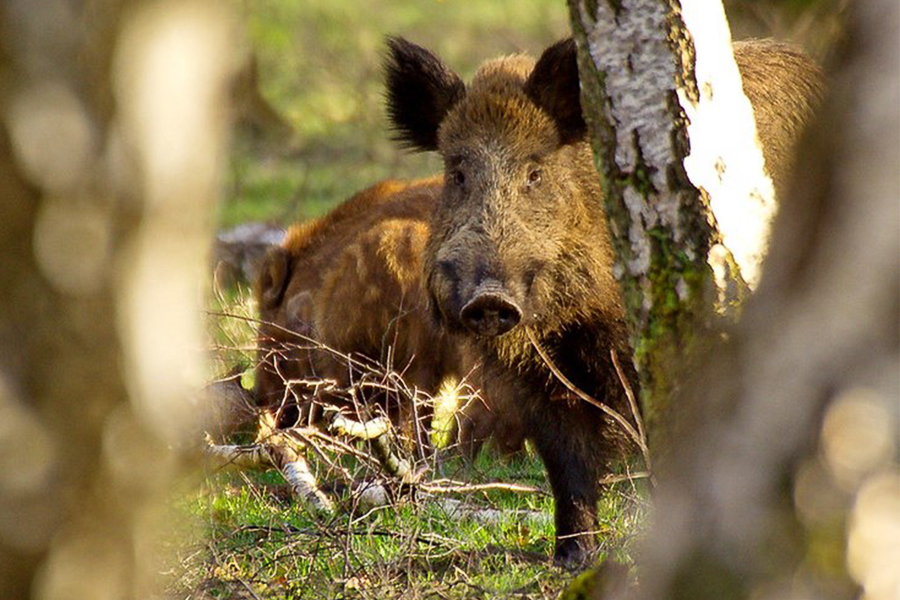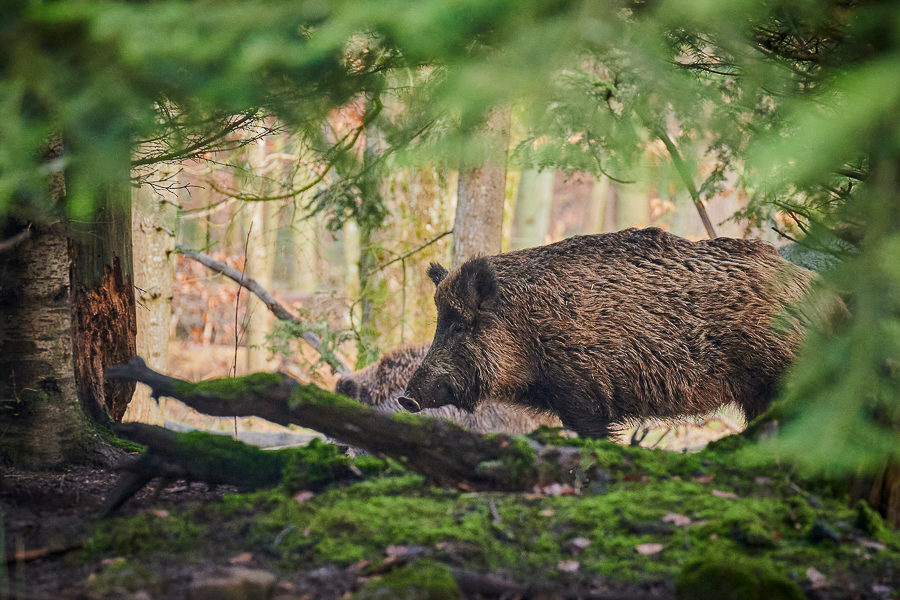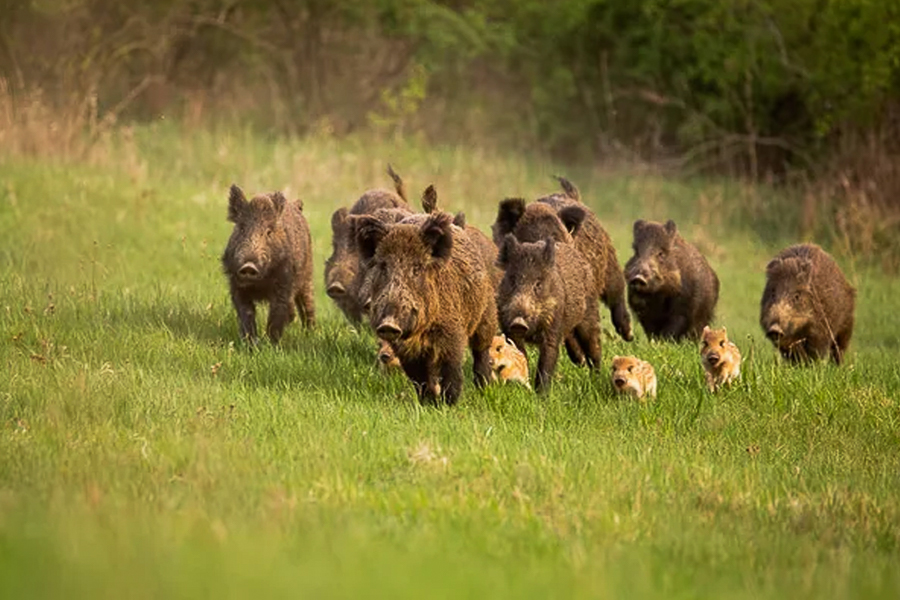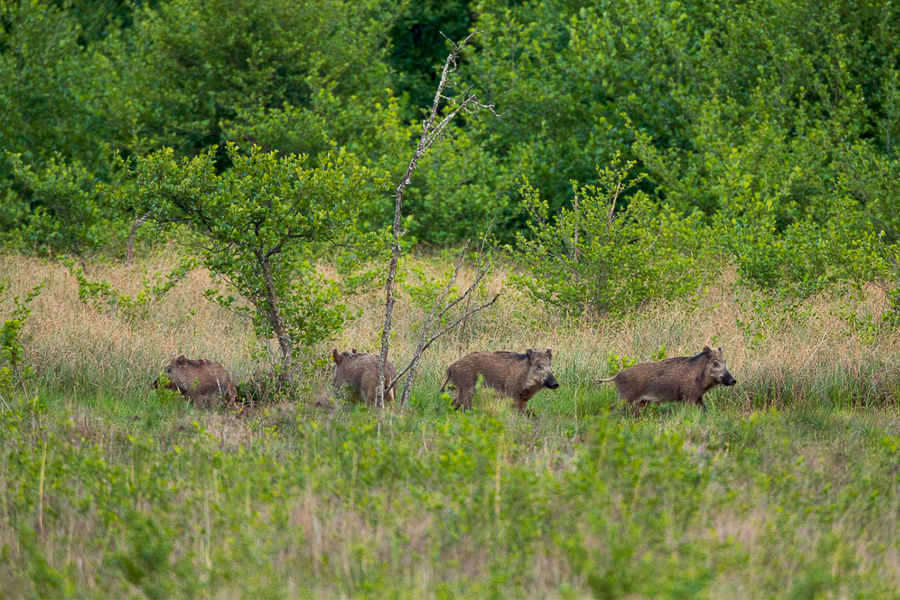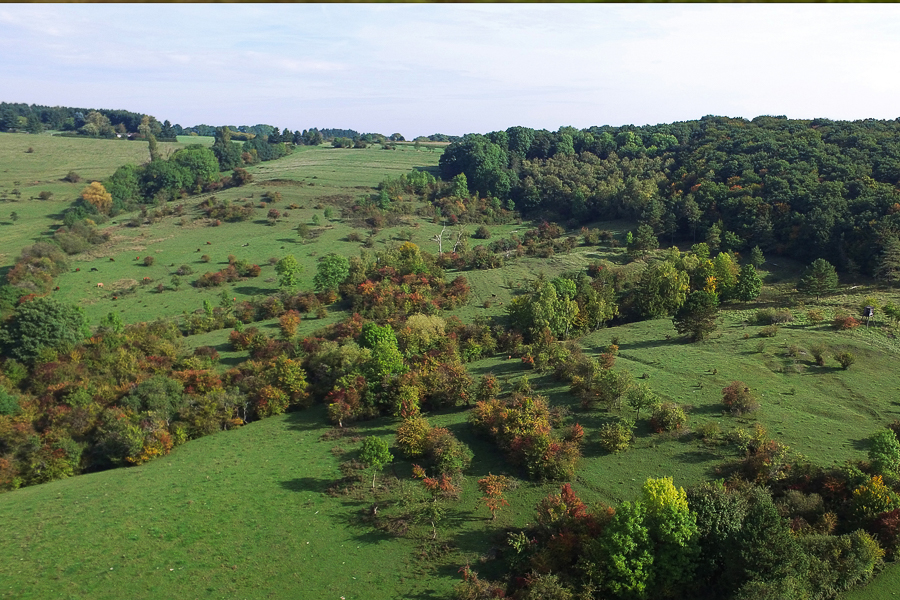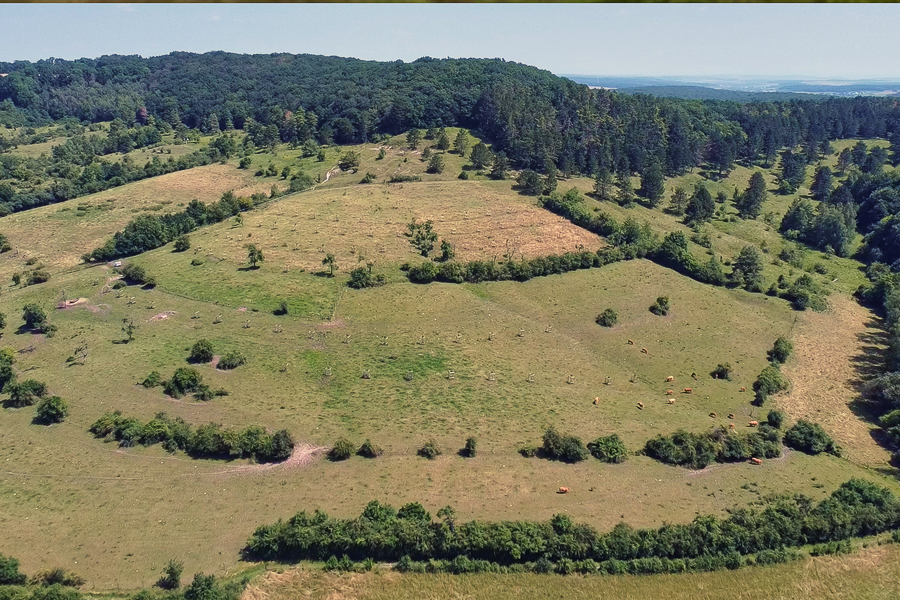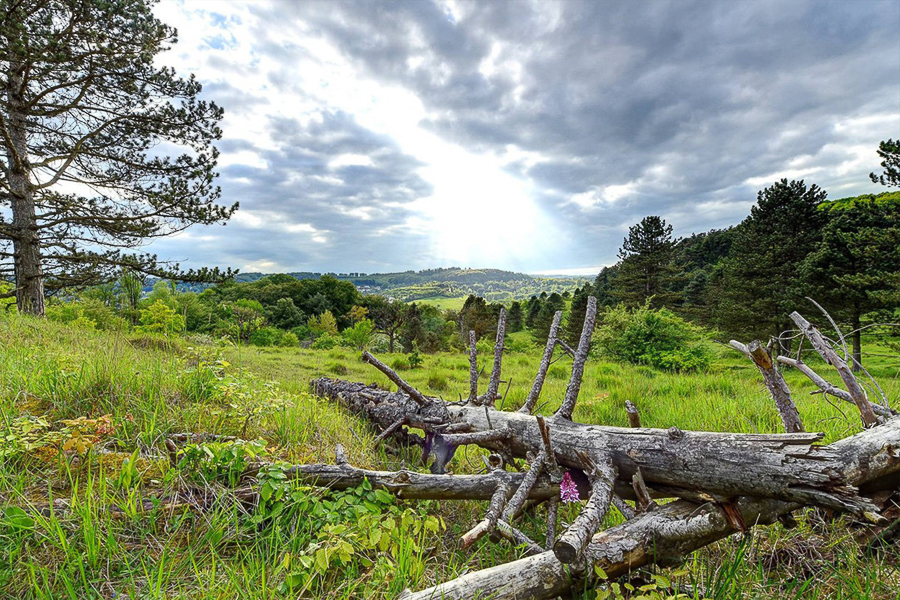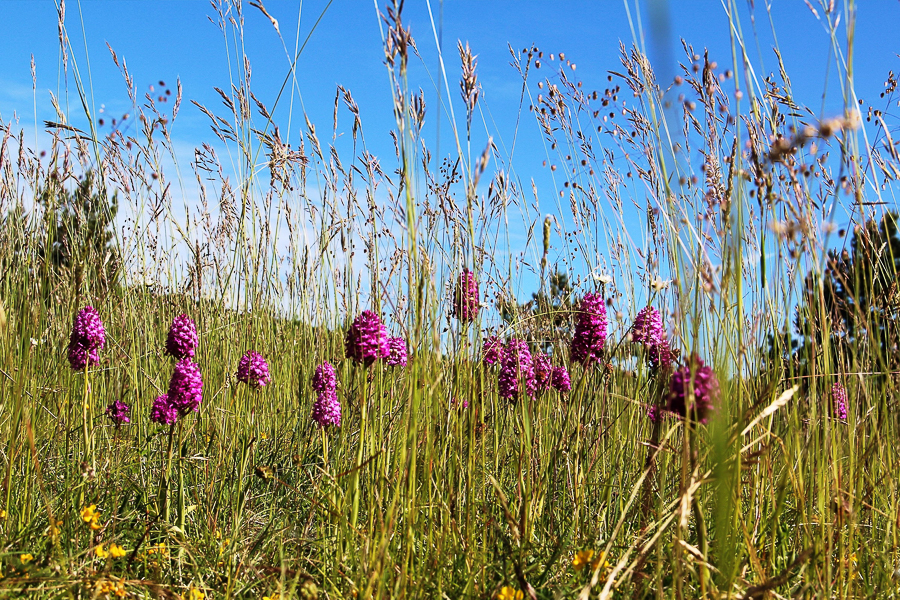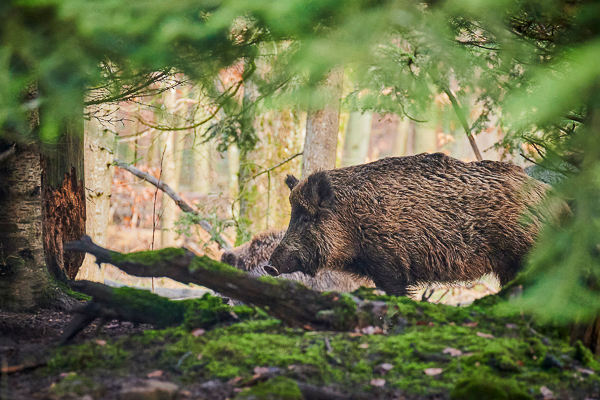 Credit: natur&ëmwelt
Credit: natur&ëmwelt
Luxembourg has what is known as a Temperate Climate in which winters are generally mild and summers comparatively cool, with rainfall that can be high; its flora and fauna have thrived in, and adapted to, this climate over the centuries and millennia, with ongoing challenges due to pollution and recent climate change, as well as the introduction of non-native species, resulting in disruptions to the norm.
Nevertheless, with various initiatives and organisations helping the ecosystem and habitat, including sustainability and re-wilding, there is a lot happening in nature across the Grand Duchy.
Chronicle.lu has teamed up with natur&ëmwelt (the non-profit organisation (naturemwelt), the foundation (Hëllef fir d'Natur) and the Wildlife Care Centre (Flegeestatioun)) for a series of articles on Luxembourg's fauna in which we look at various mammals, birds, insects, amphibians and aquatic animals, as well as touching on vanishing species returning to Luxembourg, focussing on their lifestyle and habitat, including when and where to observe them.
No. 18 in this series focuses on the Wild Boar.
A cunning and robust animal, the wild boar discreetly roams the lawns and thickets of the Aarnescht in Niederanven. A sign of a balanced ecosystem, it plays a fundamental ecological role there.
The wild boar (Sus scrofa) is a stocky mammal with a massive body covered in thick brown-black fur. It measures between 1.10 and 1.80 m in length and weighs between 50 and 100 kg, sometimes more. Its powerful, mobile snout is used to root around in the ground. Adult males, or boars, have curved canines called tusks. Young wild boars, called piglets, have striped fur that provides excellent camouflage during their first few months.
Lifestyle
Wild boars are opportunistic omnivores. They feed on roots, fruits, mushrooms, acorns, insects, eggs and even small animals. They live in matriarchal groups, called herds, made up of females and young. Adult males are generally solitary. Mainly nocturnal, it is very discreet during the day. Wild boar play an important role in the ecosystem by turning over the soil in search of food, thus promoting seed germination. They reproduce mainly in spring, after a winter rutting season. A sow can have a litter of four to six young.
Habitat
In the Aarnescht nature reserve, owned by the Hëllef fir d'Natur Foundation, wild boar find refuge in the wooded areas bordering the dry limestone grasslands. The mosaic of habitats – thickets, orchards, forest edges and small forests – offers them quiet shelter and a wide variety of food. The site's warm, dry climate, similar to Mediterranean conditions, promotes rich flora, with nearly 1,000 plant species. Extensively managed orchards and fallow land complete this ideal landscape for such an adaptable animal.
Where and when can you see it?
Wild boars are mainly active at dusk and at night. To catch a glimpse of them at Aarnescht, it is best to come early in the morning or at the end of the day, especially in autumn when they are more active in search of acorns and fruit. The trails in the reserve, especially those near orchards or fallow land, sometimes show signs of its presence: turned-over soil, footprints or droppings. Direct observation remains rare, but is possible with discretion and patience.
Observation tips
Stay quiet, walk slowly and look for disturbed ground. Never approach a group of young piglets: the sow may become aggressive if she feels threatened. Use binoculars at the edge of woods or meadows, and go during the cooler hours of the day.

